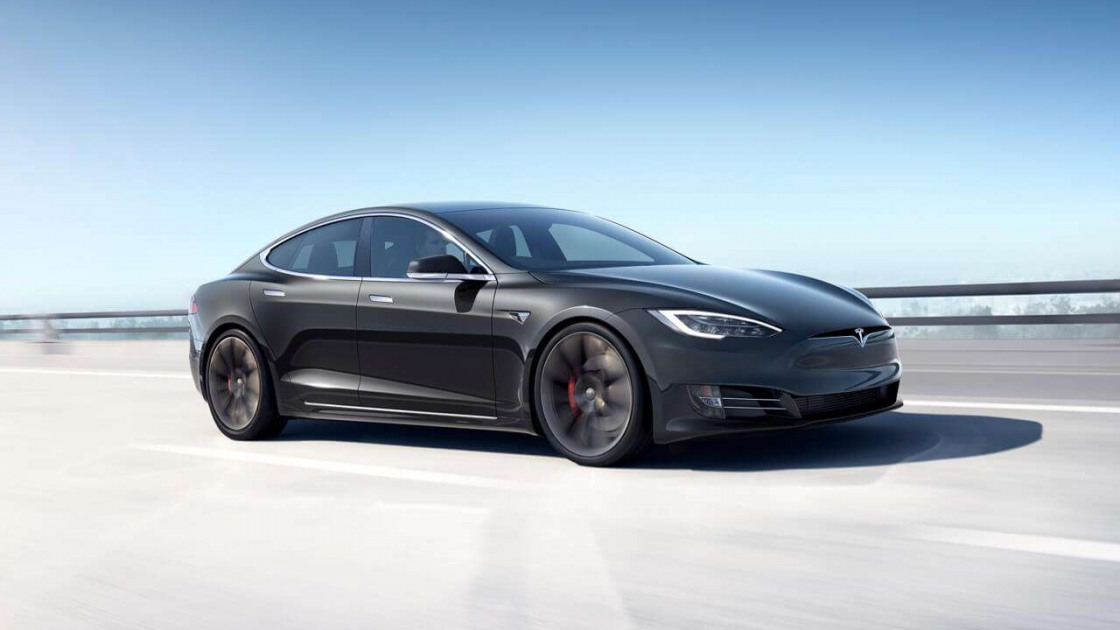The developers of the Bcoin were able to launch a full-fledged bitcoin node on the on-board computer of the Tesla electric car.
Related: Elon Musk wrote about Bitcoin again without fear of blocking
#Bitcoin full node syncing in the dashboard of a @Tesla!
— bcoin (@Bcoin) January 16, 2020
Try it in your Roadster: https://t.co/dWjYgiD7w8#JavaScript pic.twitter.com/xRMQsliujL
Most likely this was a demonstration of the capabilities of Bcoin software, as the comments noted that using Tesla as a bitcoin node is associated with a number of problems and dangers.
Not a good idea! Two problems...
— Brandy Lee Camacho (@brandylee79) January 17, 2020
1) Memory & processing concerns that could impact UX
2) Wear on internal storage. Honestly, my biggest concern. #Tesla is known to have issues with memory module lifespan due to limited read/write cycles.
The operation of a blockchain node requires a lot of computing resources, and this can interfere with the functioning of the car user interface, which threatens with incidents during movement.
In addition, the known problem of limited read-write cycles of the Tesla internal memory, and the operation of the bitcoin node can lead to its failure.
Project specialists, offering to test their software, expressly warned that it will require high bandwidth, serious processor load and a significant amount of disk space.
Earlier, one of the owners of an electric car turned his Model S into a mining farm, and hackers used the cloud resources of the manufacturer to extract cryptocurrency.






